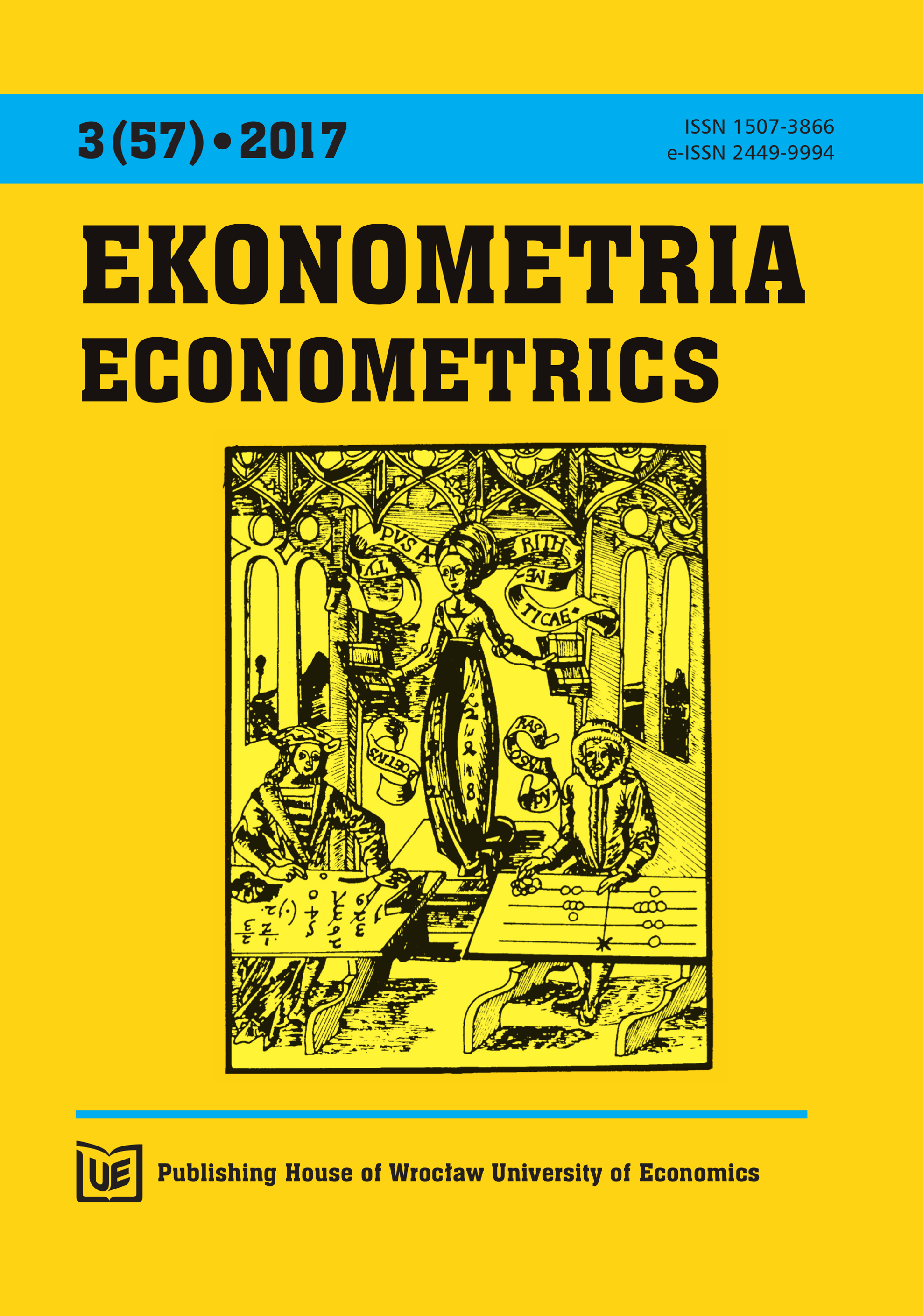Conjoint analysis oparta na modelach IRT w optymalizacji produktów bankowych
IRT-based conjoint analysis in the optimization of banking products
Author(s): Adam Sagan, Aneta Rybicka, Justyna BrzezińskaSubject(s): Business Economy / Management, Financial Markets
Published by: Wydawnictwo Uniwersytetu Ekonomicznego we Wrocławiu
Keywords: conjoint measurement; conjoint analysis; IRT models; banking products;
Summary/Abstract: Conjoint measurement and analysis have a common underlying psychometric and statistical assumption concerning axioms of additivity and two-way frame of reference in preference measurement. However, whereas the former concept is widely used in the fundamental measurement of subject × object dominance structures as in IRT and Rasch measurement models, the latter is utilized in a broad family of object × object dominance structures in both compositional (i.e. Thurstone case III and V) as well as decompositional (classical conjoint experiments and BTL/alpha simulation) preference measurement models. These two traditions are rarely combined in one measurement model and research design that integrates subject × object × object measurement [Neubauer 2003]. The aim of the paper is to adopt and compare three types of preference measurement models in the area of banking products in Poland: 1. paired-comparisons and rating scale conjoint experiment, 2. IRT-based conjoint (Rasch and Birnbaum politomous models), 3. compositional Thurstone III/V models [Bockenholt 2006]. Part-worth utilities are used for product optimization and comparison across the estimated models.
Journal: Ekonometria
- Issue Year: 2017
- Issue No: 57
- Page Range: 47-58
- Page Count: 12
- Language: English

